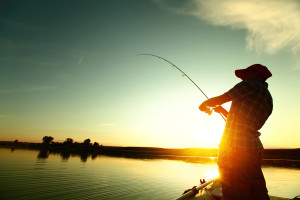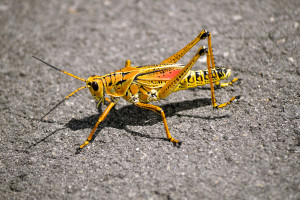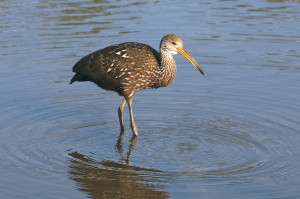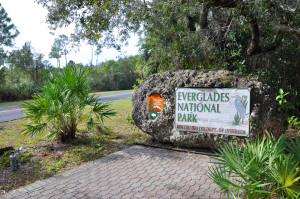 Love to fish? The Everglades is a great spot to do it, since one-third of this place is covered by water! Throughout the park, there are many acres of shallow water flats, mangrove keys, and channels that make great spots to fish! However, fishing from the shore is limited. In the state of Florida, there are specific freshwater and saltwater licenses and regulations to follow. For important fishing information, click here.
Love to fish? The Everglades is a great spot to do it, since one-third of this place is covered by water! Throughout the park, there are many acres of shallow water flats, mangrove keys, and channels that make great spots to fish! However, fishing from the shore is limited. In the state of Florida, there are specific freshwater and saltwater licenses and regulations to follow. For important fishing information, click here.
One type of fish that is plentiful in the waters of the Everglades is the spotted sea trout. For this article, we wanted to share with you some basic information on this fish that makes the Everglades, amongst other places, its home. Also, it is a pretty tasty fish for you to bring home and cook up!
Sea trout, also known as Cynoscion nebulosus, can be found inshore and in deep waters up to 33 feet deep. They are dark gray or green on the top part of their bodies with blue/white/silver colorings underneath. They have black spots on their back, dorsal fin, and tail, but have no scales on their soft dorsal fin. Sea trout have one to two prominent canine teeth at the front of their upper jaw.
They feed on shrimp, crabs, mullet, pinfish, and baitfish. Their spawning season is between March and November. They swim in small schools and don’t stray too far from the estuaries that they were born in.
If you’re looking to catch a sea trout and you do, it’s important to return them to the water immediately if you don’t plan on keeping them to bring home. They are a delicate fish and can be easily harmed. The biggest sea trout ever caught in Florida was 17 pounds, 7 ounces and it was caught in Ft. Pierce. On average, most sea trout an angler will come across will weigh around 4 pounds but they can easily get up to 15 pounds in weight.
Like stated above, there are specific regulations when it comes to catching different species of fish in Florida’s state waters. With sea trout, you can catch them and keep them if they are between 15 and 20 inches in length; the daily bag limit of sea trout in Florida waters is 4 fish per angler. In Florida, spotted sea trout fishing is permitted throughout the entire year. Fishing for sea trout is legal, if they are caught with a hook and line or a cast net.
If fishing isn’t your thing, but you like being on a water, then an airboat ride may be the right kind of trip for you in the Everglades. Captain Mitch’s Airboat tours brings guests all over the Everglades for spectacular views as you make fun memories. To book an airboat tour, click here or call 800-368-0065.
 When you think of wildlife in the Everglades, what comes to mind? Alligators? Panthers? Majestic birds? How about insects? Well, they should, because there’s thousands of them flying and crawling around this ecosystem. One such insect that calls the Everglades home is the lubber grasshopper.
When you think of wildlife in the Everglades, what comes to mind? Alligators? Panthers? Majestic birds? How about insects? Well, they should, because there’s thousands of them flying and crawling around this ecosystem. One such insect that calls the Everglades home is the lubber grasshopper. At certain times of the year, the Everglades can look like a scene out of Alfred Hitchock’s The Birds. Thousands of birds flock down to this warm climate to spend the winter and breed. For this article, we wanted to spotlight one species of bird that can be found in the Everglades: the Limpkin. This bird can actually be found in the Everglades year-round.
At certain times of the year, the Everglades can look like a scene out of Alfred Hitchock’s The Birds. Thousands of birds flock down to this warm climate to spend the winter and breed. For this article, we wanted to spotlight one species of bird that can be found in the Everglades: the Limpkin. This bird can actually be found in the Everglades year-round. The Everglades is a living, breathing ecosystem, and as you may remember from previous blog posts or news stories, there is restoration work and improvements always happening in this wetland to make the park a better place while returning it back to its natural state.
The Everglades is a living, breathing ecosystem, and as you may remember from previous blog posts or news stories, there is restoration work and improvements always happening in this wetland to make the park a better place while returning it back to its natural state.





